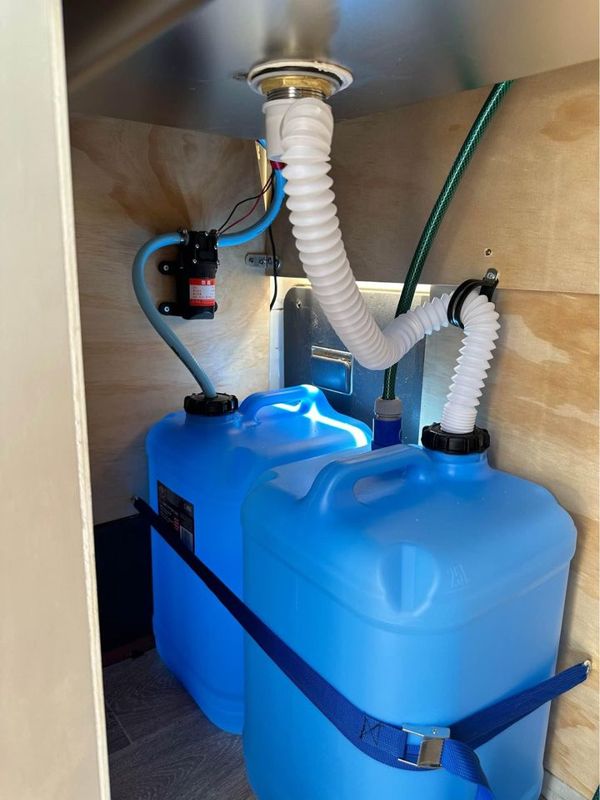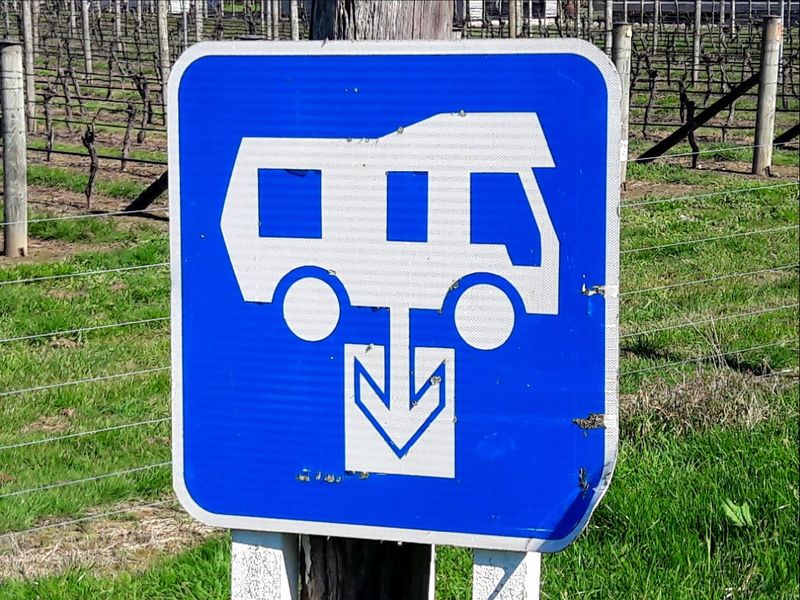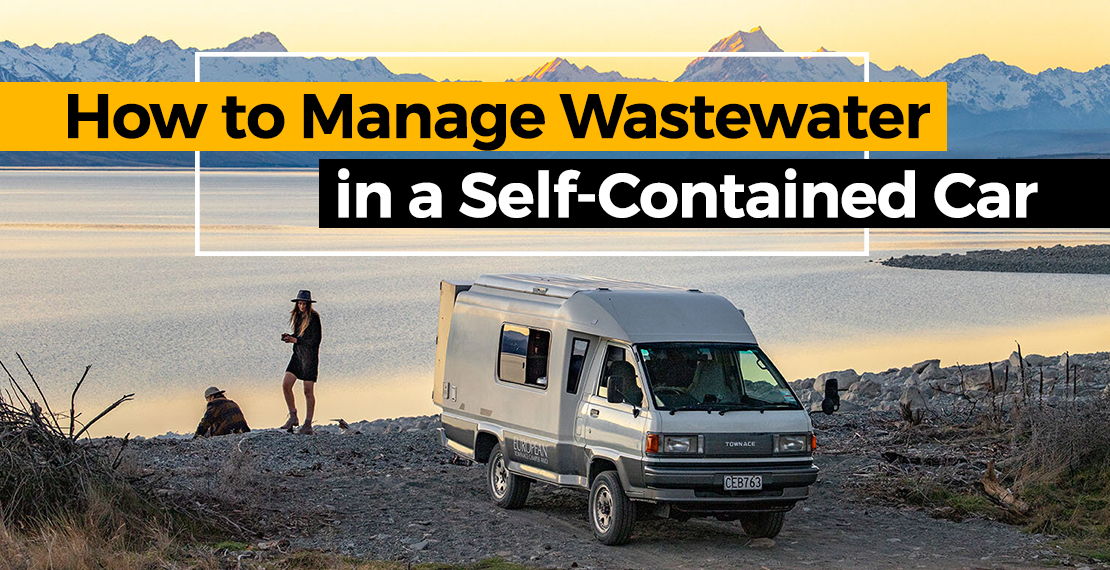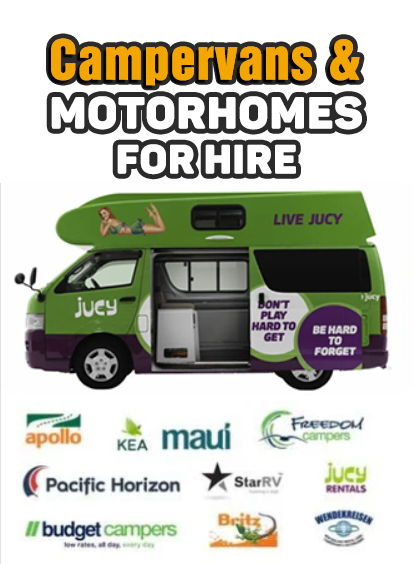✅ Last Update: May 20, 2025 @ 12:49 am
1. Understanding Wastewater Management
Wastewater in a self-contained vehicle typically includes both greywater (from sinks and showers) and blackwater (from the toilet).
Proper management involves storing, treating, and disposing of these waste streams responsibly.
🚐 Get your campervan, caravan or motorhome tested and certified with Travel Cars New Zealand via Whatsapp +64 21 303 619
📌 You can also visit us and get your certification in Auckland.
2. Components of Wastewater Management System
This table provides a clear overview of the essential components involved in managing wastewater in a self-contained vehicle.
- Each component plays a critical role in ensuring your system operates effectively and complies with regulations.
| Component | Details |
|---|---|
| Fresh Water Tank |
Description: A storage tank for clean water used for drinking, cooking, and washing. Purpose: Supplies water for daily needs and functions in the vehicle. |
| Greywater Tank |
Description: Collects wastewater from sinks and showers. Typically made of durable plastic or metal. Purpose: Stores and manages used water from non-toilet sources. |
| Blackwater Tank |
Description: Stores waste from the toilet. Can be a cassette or fixed tank depending on the toilet system used. Purpose: Manages and stores human waste for proper disposal. |
| Plumbing System |
Description: Includes hoses, pipes, and connections that transport water to and from the tanks and fixtures. Purpose: Facilitates the movement and disposal of wastewater and fresh water. |
| Treatment System |
Description: Optional systems that filter or treat wastewater to reduce odors and contaminants. Purpose: Enhances sanitation and reduces environmental impact. |
| Dump Stations |
Description: Designated locations where you can empty greywater and blackwater tanks. Purpose: Provides proper disposal and treatment of wastewater. |
3. Regulations and Compliance
3.1. Self-Containment Certification
- For freedom camping in New Zealand, your vehicle must be certified as self-contained. This includes having a wastewater management system that meets the standards set by New Zealand law.
- The certification ensures you have sufficient storage for wastewater and can dispose of it properly.
3.2. Local Regulations
- Different regions may have specific regulations or restrictions regarding wastewater disposal. Always check local guidelines before traveling.

4. Wastewater Management Practices
4.1. Regular Emptying and Cleaning
- Greywater Tank: Empty regularly to prevent odors and overflow. Clean the tank and pipes periodically to avoid blockages and buildup.
- Blackwater Tank: Empty at designated dump stations. Use appropriate cleaning agents to keep the tank sanitary and odor-free.
4.2. Use of Additives
- For Blackwater Tanks: Use chemicals or enzymes designed for RV toilets to break down waste and control odors. Ensure they are environmentally friendly and comply with regulations.
4.3. Preventative Measures
- Avoid Using Harmful Products: Do not use harsh chemicals or products that can damage your plumbing system or environment.
- Monitor Tank Levels: Keep an eye on tank levels and plan emptying schedules accordingly to avoid overflows.
🚐 For more information about Self-Contained, we have created the following guide: Self-Contained in New Zealand: The Ultimate Guide
5. Finding Dump Stations
5.1. Location and Accessibility
- Dump Stations: Look for dump stations at campgrounds, service centers, or designated rest areas. Many public areas in New Zealand offer facilities for emptying wastewater tanks.
- Online Resources: Use apps and websites like CamperMate, Rankers, or the New Zealand Motor Caravan Association (NZMCA) to locate nearby dump stations.
5.2. Procedures
- Follow proper procedures when using dump stations. Make sure to properly connect and disconnect hoses, clean up any spills, and dispose of waste according to the station’s guidelines.

6. Maintaining a Clean and Hygienic System
6.1. Regular Maintenance
- Inspect and maintain your wastewater system regularly to ensure it operates efficiently and hygienically.
- Check for leaks, clogs, and wear and tear on hoses and tanks.
6.2. Hygiene Practices
- Clean the tanks, hoses, and associated components regularly.
- Use safe and effective cleaning agents to minimize environmental impact.
7. Emergency Procedures
7.1. Spills and Leaks
- Immediate Action: Address spills or leaks promptly to prevent contamination. Have cleaning supplies and absorbent materials on hand.
- Report Issues: If you encounter significant issues or environmental hazards, report them to local authorities.
7.2. Backup Plan
- Alternative Disposal: Know the location of alternative dump stations or facilities in case of emergencies.







